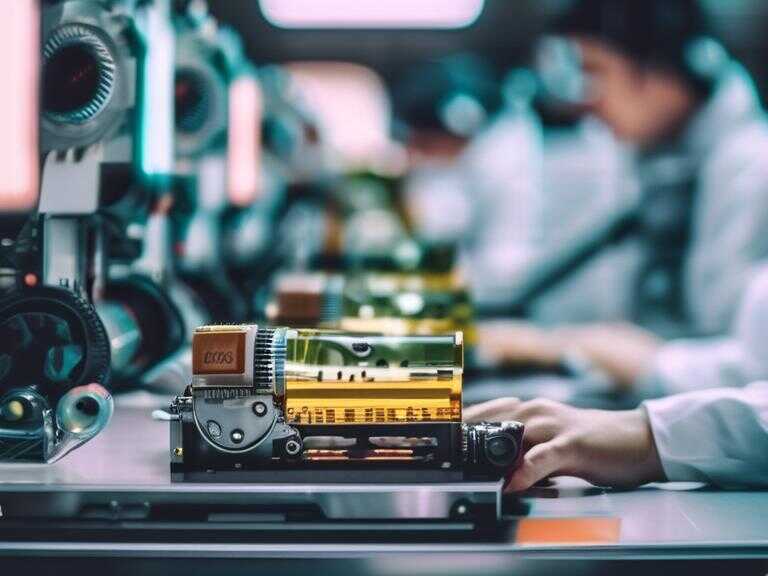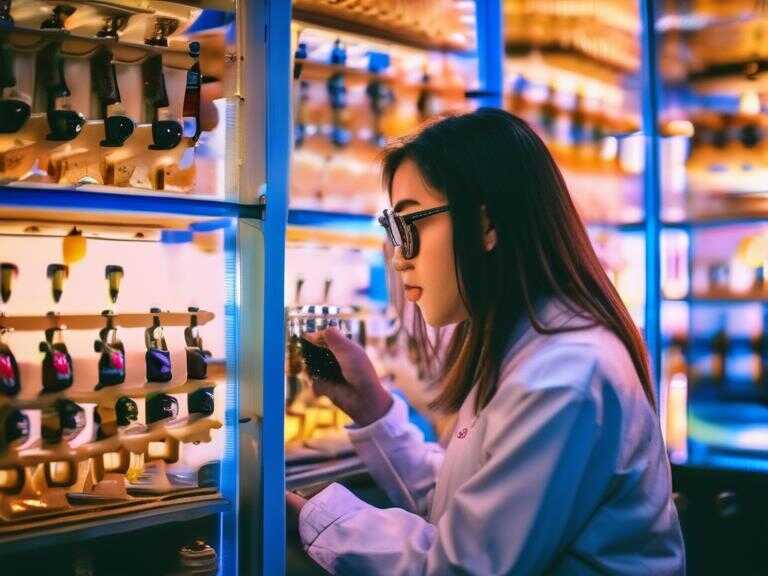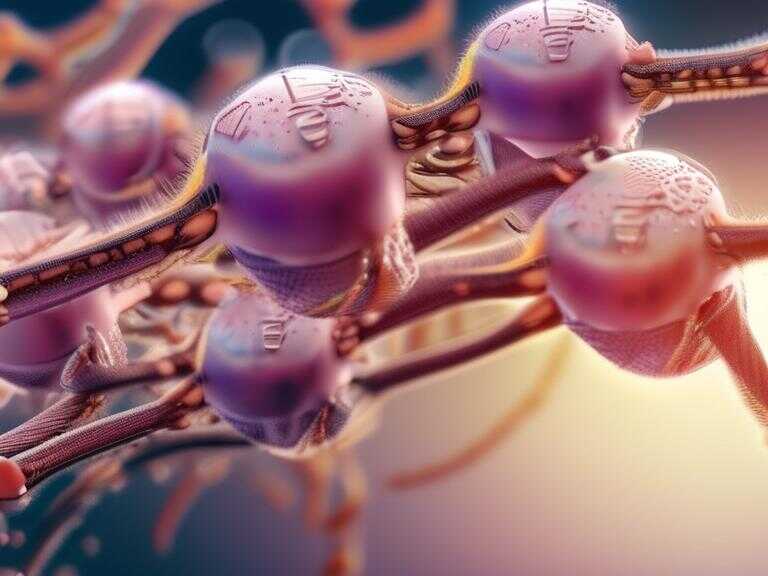
Urine Transformed: Scientists Create Bone Mineral Using Yeast
Scientists developed a method using yeast to convert urine into hydroxyapatite, a bone mineral used in implants.

In a groundbreaking development, scientists have unveiled a method capable of transforming human urine into hydroxyapatite, the very mineral that forms the hard structures of bones and teeth. This innovative process, funded by DARPA, harnesses the power of yeast to break down urine components, yielding a valuable resource with wide-ranging applications.
Turning Waste into Wealth: Urine as a Source of Hydroxyapatite
Hydroxyapatite is a naturally occurring solid composed of calcium, phosphate, and hydroxide molecules. Its biocompatibility makes it ideal for medical implants as it is less likely to be rejected by the body and can even stimulate further growth. The newly developed method utilizes yeast as a "chassis" to facilitate this transformation. This cost-effective approach, akin to large-scale fermentation processes used in brewing, allows for the production of hydroxyapatite at relatively low temperatures in massive vats.
Scaling Up for Global Impact
The researchers behind this discovery have successfully demonstrated their method and are now focusing on scaling it up for widespread implementation. They envision a future where urine-derived hydroxyapatite can be used in various sectors, including:
- 3D printing of implants and other medical devices.
- Development of innovative plastics with enhanced properties.
- Construction materials that offer improved strength and durability.
- Energy applications leveraging the unique characteristics of hydroxyapatite.
This transformative technology has the potential to revolutionize multiple industries while simultaneously addressing the global challenge of waste management. By harnessing the power of urine transformation, scientists are paving the way for a more sustainable future where valuable resources are extracted from what was once considered waste.
Share news















